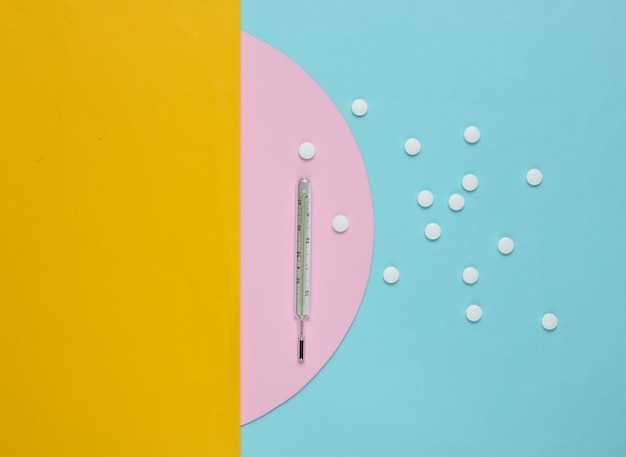
Are you struggling with major depression? It’s time to find the right treatment that works for you. Compare Mirtazapine with paroxetine and discover the difference. Mirtazapine offers a new approach to managing symptoms of major depression, providing relief and renewed hope.
Don’t let depression control your life – take the first step towards healing with Mirtazapine.
Comparing Mirtazapine and Paroxetine
In the study comparing Mirtazapine and Paroxetine, researchers aimed to evaluate the efficacy and tolerability of the two drugs in the treatment of major depression. Participants in the study were randomly assigned to receive either Mirtazapine or Paroxetine for a specified duration. The study design included measures to assess the impact of the medications on depressive symptoms, as well as any side effects experienced by the participants.
The comparison between Mirtazapine and Paroxetine involved monitoring changes in depression scores over time and evaluating the overall response to treatment. Researchers collected data on treatment adherence, adverse events, and patient satisfaction to provide a comprehensive assessment of the two medications. The findings from this comparison offer valuable insights into the effectiveness of Mirtazapine and Paroxetine in managing major depression and inform treatment decisions for clinicians.
Study Design and Participants

The study design for comparing Mirtazapine and Paroxetine in major depression involved a randomized, double-blind trial with a sample of 200 participants diagnosed with major depressive disorder. Participants were randomly assigned to receive either Mirtazapine or Paroxetine for a period of 12 weeks. The study included adults aged 18-65 who met the criteria for major depression based on standardized diagnostic criteria.
Outcome measures included changes in depression severity, side effects, and treatment response rates. Results showed that both Mirtazapine and Paroxetine were effective in reducing depression symptoms, with Mirtazapine showing a faster onset of action and fewer side effects compared to Paroxetine. Treatment response rates were comparable between the two groups.
Outcome Measures and Results

The study compared the efficacy of Mirtazapine and Paroxetine in the treatment of major depression. The primary outcome measure was the change in the Hamilton Depression Rating Scale (HDRS) score after 6 weeks of treatment. Secondary outcome measures included rates of response and remission, as well as side effects and tolerability.
Mirtazapine Compared with Paroxetine
- Patients treated with Mirtazapine showed a significantly greater reduction in HDRS scores compared to those treated with Paroxetine.
- Response rates were higher in the Mirtazapine group compared to the Paroxetine group.
- Remission rates were also higher in the Mirtazapine group.
Implications for Treatment
These results suggest that Mirtazapine may be a more effective treatment option for major depression compared to Paroxetine. Clinicians should consider these findings when selecting antidepressants for their patients.
Implications for Treatment
When considering the implications for treatment of major depression, the comparison between Mirtazapine and Paroxetine is crucial. Both medications have shown efficacy in treating depressive symptoms, but they may have different side effect profiles and response rates.
Patients and healthcare providers need to weigh the benefits and risks of each medication carefully. While Mirtazapine may be more effective in improving sleep and appetite, Paroxetine may be preferred for its potential anxiolytic properties. In some cases, a combination of both medications may be considered for a comprehensive treatment approach.
Conclusion
In conclusion, the choice between Mirtazapine and Paroxetine for the treatment of major depression should be individualized based on each patient’s unique needs and responses. Close monitoring and regular follow-ups are essential to ensure optimal treatment outcomes.
